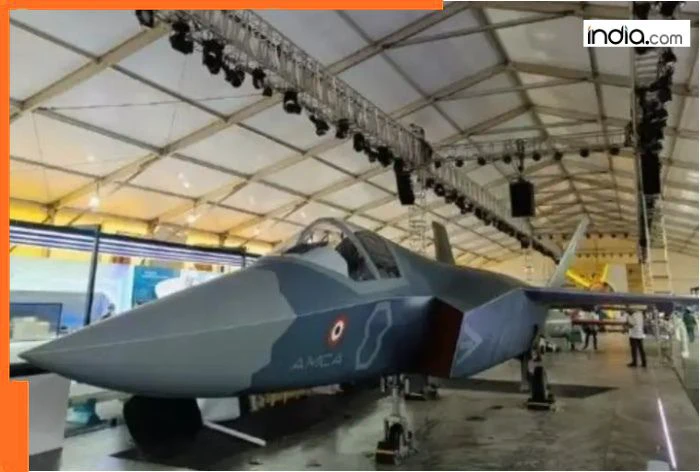Kaveri Engine: In a significant step towards self-reliance in the defense sector, India’s state-owned Defense Research and Development Organization (DRDO) is indigenously developing not just one, but three powerful state-of-the-art engines for different platforms– fighter jets, tanks, and naval warships, and drones– under its Kaveri 2.0 project.
What are the indigenous engines being developed by India?
According to details, DRDO has been working to build aero engines under the Kaveri project, and has successfully developed a high-power Kaveri engine with dry thrust of 50 kilo newtons (kN). The engine can be used to power Unmanned Combat Aerial Vehicles (UCAVs) aka military drones, and even some manned aircraft, but is not powerful enough for latest fighter jets.
The Kaveri engine project began in the 1980s, and now work has begun on Kaveri 2.0, under which India aims to develop homegrown jet engines to reduce dependence on foreign imports.
India’s Light Combat Aircraft (LCA) ‘Tejas’ requires about 85 KN thrust, while future warplanes are expected to need at least 100 KN thrust. India aims to develop its own jet engines under the Kaveri engine program so that indigenous fighter planes don’t have to face delays, as is being witnessed with the 5th-gen AMCA program.
Additionally, India is also developing its own gas turbine engines for its naval warships. The main warships of the Indian Navy, including destroyers, frigates, missile carriers and even the latest aircraft carrier, INS Vikrant, are powered by gas turbines, because it holds many advantages over conventional diesel and steam propulsion systems for marine use.
Further, India is focusing on the development of powerful engines for indigenously battle tanks, and the DATRAN 1500 HP engines are already in prototype stages. The heavy-duty engines have different variant, which are being designed to power a wide range of armaments, including the Arjun MBT, Mk-1, and Mk-2 tanks, Future Ready Combat Vehicle (FRCV), as well as self-propelled howitzers like the K-9 Vajra, and T-90 tanks.
How Kaveri 2.o will India’s dependence on US, France?
The Kaveri 2.0, which aims to improve the original Kaveri engine, is a next-generation turbofan engine being developed by India’s Gas Turbine Research Establishment (GTRE). Designed for use in 4.5 gen and 5th-generation aircraft, the Kaveri 2.0 engine core will churn out thrust between 55 and 58 kN, and is expected to achieve the required 90 kN thrust with its afterburner or wet thrust.
The GTRE aims to bring the Kaveri 2.0 at par with US F-404 (84 kN) and F-414 (98 kN) engines, and success would mean an end to reliance on the US for jet engines, and rapid advances in India’s ambitious indigenous fifth-generation fighter jet program.
Why India needs indigenous engines?
The development of homegrown engines for Aero, Marine and Tank platforms would give India self-reliance in the defense space, and end dependence on countries like France and US, which have delayed India’s fighter jet programs by decades by not delivering engines on time, and even refusing to share the source code of Rafale fighter jets.
India’s success would be a major shock to enemy nations like China and Pakistan, and would put us in the elite group of countries that have indigenous fighter jet engine technology– these are the US, Russia, and France.
